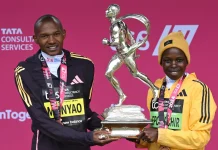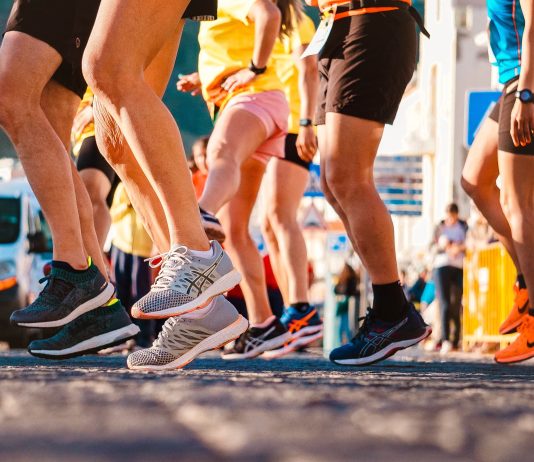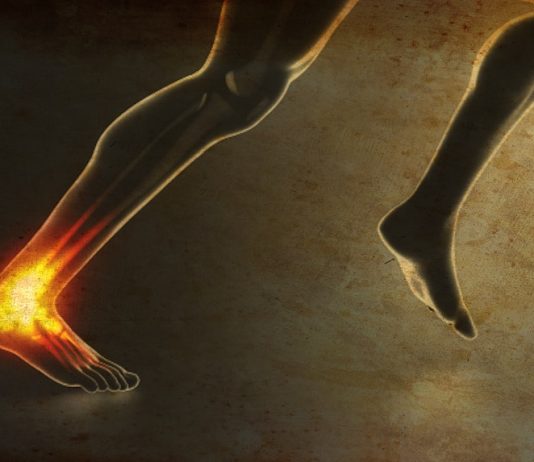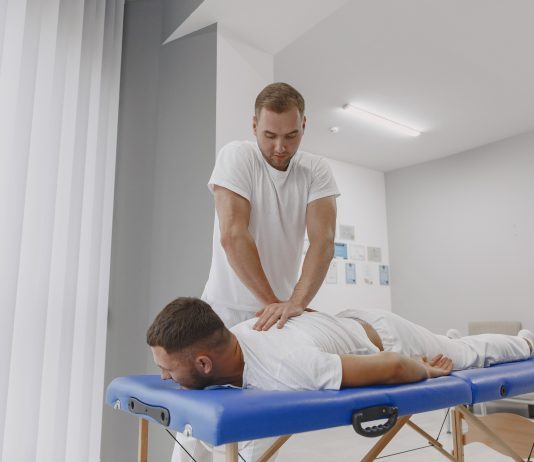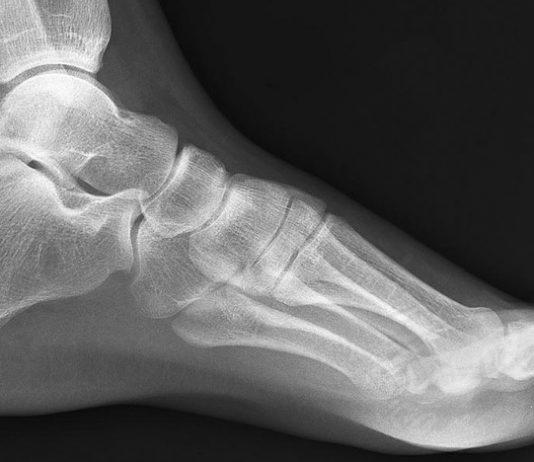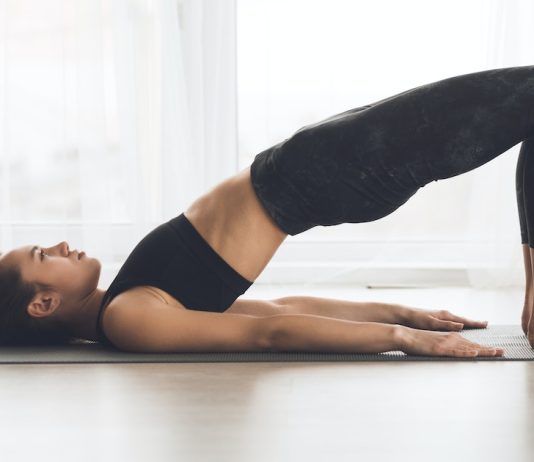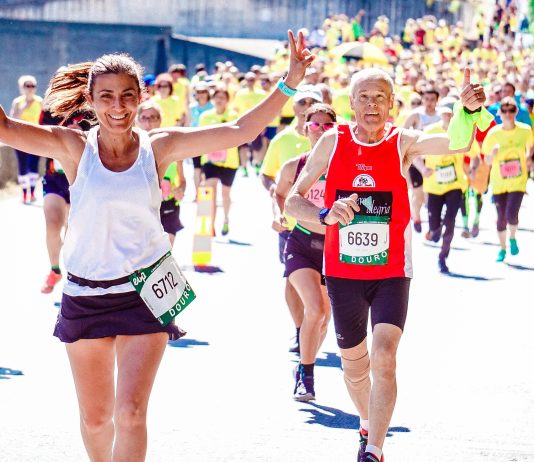While training for a marathon, getting into trail running or tackling a first 5k, we often hear about the high injury rates and understand that there is a possibility of getting injured. We anticipate typical injuries such as a runner's knee or Achilles tendonitis, but what if our pain doesn't seem to fit any of the common categories? What if the sore spot and tender area don't match any running injuries we've heard about before? Peroneal tendinitis is one such condition, and although it's not as common as other types of tendon pain, it's still frustrating, especially when we can't pinpoint the exact source of the pain.
Insertional Achilles Tendinopathy is a painful and difficult condition that many runners and active individuals experience. Importantly insertional achilles tendinopathy (IAT) is a different pathology to other types of achilles pain and as such it may not respond to treatments given to other types of achilles presentations. It has been estimated that one third of achilles pain is IAT (1,2). Here we discuss some key features of recognising IAT and important aspects of its management.
Are you feeling inundated with the abundance of massage therapists and spas in your locality? The task of finding the perfect massage can be daunting, especially for runners seeking relief from post-run aches. With numerous options offering different massage types, durations, and intensities, athletes often find themselves in a quandary about which technique will effectively alleviate their discomfort.
When you think about lower extremity injuries which can affect runners, conditions like Achilles tendonitis and plantar fasciitis often come to mind. Smaller ailments like hammer toes, bunions, and overlapping toes might also affect a routine running schedule. But what about broken toes? Are they really that serious and...
Running enthusiasts are frequently advised to strengthen their glutes, particularly if they are injured. But how do glute bridges work and what precisely do the glutes perform when we run? Elevate your running game with Tarkine Trail Devil, where every step is a testament to exceptional performance and unmatched...
Low back pain is one of the most common complaints among American adults today -- in fact, doctors estimate it will affect 80 percent of Americans at some point in their lives -- and runners are not exempt.
Whether you’re a devout marathon runner or a weekend jogger, if you...
As we get older, our muscles tend to weaken naturally, and leading a sedentary lifestyle can exacerbate this issue. Strong calf muscles are particularly crucial to handle high-load forces that can occur during activities like running. Research suggests that the calf muscles may need to generate up to 9 times the body weight force during such activities. A weak calf muscle can result in muscle tears.
When it comes to running-related knee injuries, the first thing most people think of is an ACL tear. That’s not the only thing that can go wrong with your knee while you run, though.
Medial-collateral ligament (MCL) tears are also common among runners and other athletes.
Like an ACL tear, and...
In our hectic lives, it is all too easy to overlook the significance of nurturing and fortifying our lower back muscles. Neglecting these essential muscles can result in weakness over time, rendering us vulnerable to pain and potential injuries. The erector spinae, the group of muscles in the lower back, plays a pivotal role in supporting the spine and facilitating movements such as bending forward and lifting objects. By actively engaging and strengthening these muscles, we can mitigate discomfort and elevate our overall well-being.
The Night Wrap – Treating Inflammation
By Thomas Do Canto
It was over 10 years ago that I was first introduced to this off-label treatment and I believe it still has its place in the management of many soft tissue injuries.
So what is a night wrap? No, it's not a facial...






